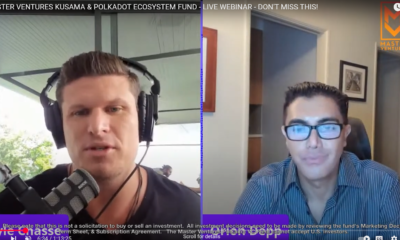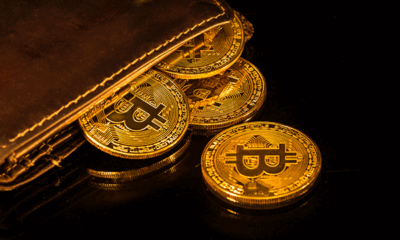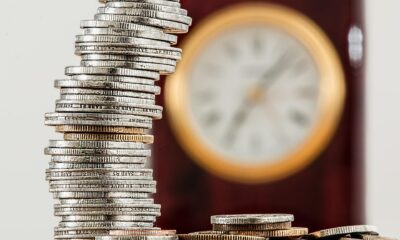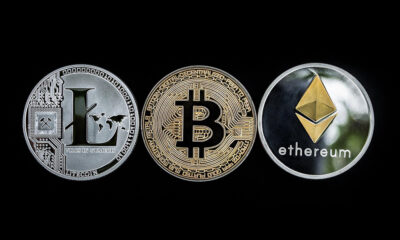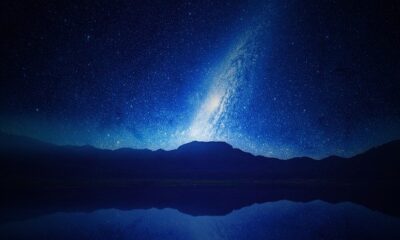Cryptocurrency
NFT Collection: Reaching the Horizon

The NFT digital art was developed as an offshoot from the new world of digital art, specifically when it comes to digital images. NFT stands for “Non fungible tokens,” and the collection was developed by artists. As said, “The sea and its imagery hold a key to the soul, and I like to think that a visual language can capture both the mystery and history of that language.” This statement is supported by the work of many artists, but particularly Ms. Lordi, whose photographic works have won her numerous awards, most notably the presto prize at the prestigious Venice Biennale, which is awarded to the best exhibition in the world.
The NFT digital art collection was born out of the need to create a collage based on the works of Susan Lordi and the need for something entirely new. Through the use of a non-fungible token, this artist was able to create what she called “non-UV art,” a term that means that the work is not affected by exposure to UV rays. These NFT’s can be produced on any surface, including wood, metal, cardboard, fabric, leather, film, paper, and even fabric. With this in mind, the NFT Collection is based on the idea that any surface can be used for the creation of these unique works.
The NFTs will vary according to the intended theme of the piece, with each piece being uniquely styled, designed, and executed by Susan Lordi. As outlined on the NFT website, the NFTs “relate to the background ofblockchain technology and their own interpretations of cultural analogs.” It further goes on to say that these works “contains a background texture of irregular stripes and textures,” which are “based on the concept of irregularity.” In addition, the NFTs are said to have “a softness which is suggestive of water.”
Several Examples of NFTs
There are several examples of NFTs that are included in the NFT Collection. One of these is the one entitled “The Electric Bug,” which features a series of images of electric-powered bugs being lifted into an air balloon. Another example is the one titled “Beeple Beats,” which depicts a people-beats sign located at an old junkyard. The last example is entitled “Digital Art,” which features digital art from various artists, including Jack Dorsey and Frank Lloyd Wright. This collection is notable for several reasons.
First, it is interesting to note that this is the first year that NFT has entered the NFT market. Though NFT had previously marketed its “creative design services” through the internet and other media, this is the first time that it has entered the traditional brick-and-mortar world. Second, this is also the first year that a major museum, the Smithsonian, has entered the digital art scene. Third, it is important to note that this year marks the 10th anniversary of the founding of NFT. Since then, the NFT Collection has grown from a small online company to a large and prestigious museum. It has also raised millions of dollars for charities.
For those interested in investing in the NFT Collection, there are several ways to get involved. A subscription to the NFT newsletter provides buyers with important information such as when and where the exhibitions will take place and the theme of each exhibition. After subscribing, the purchaser can visit the website and buy the NFTs that they are interested in.
The NFT Collection is represented by artists from all over the world. Though many people will be unable to attend the exhibitions, they can still purchase NFTs via the website. In February, the website will host an NFT auction in which NFT sellers from around the world will battle to sell their digital art. There will be limited editions available, so those who wish to participate should ensure that they are in possession of the date of the exhibition. After the end of the auction, NFT will hold a grand closing party to mark the conclusion of its first decade.
-

 Business6 days ago
Business6 days agoWall Street Rallies as Strong Jobs Report Fuels Optimism
-

 Business5 days ago
Business5 days agoS&P 500 Achieves Historic Winning Streak Amid Easing Trade Tensions
-

 Government5 days ago
Government5 days agoSupreme Court Case Martin V. USA: A Landmark Moment for Government Accountability in Wrong-House Raids
-

 Civil Rights7 days ago
Civil Rights7 days agoUS Government Under Fire for Wrong-House Raids: Accountability at Stake
-

 Health & Fitness4 days ago
Health & Fitness4 days agoBudget Cuts Slash Vital Health-Tracking Programs in the U.S.
-

 Business4 days ago
Business4 days agoUS Stock Market Soars as Jobs Report Surprises and Trade Tensions Ease
-
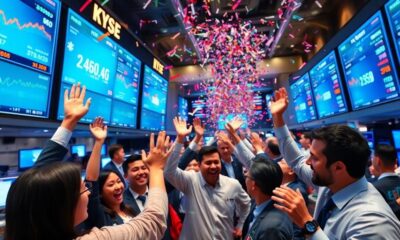
 Business3 days ago
Business3 days agoUS Stock Market Soars on Positive Jobs Data and Trade Optimism
-
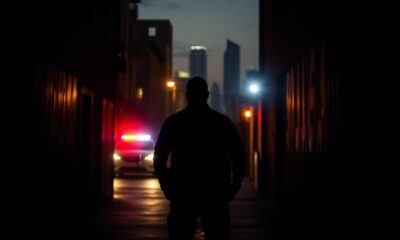
 Crime5 days ago
Crime5 days agoU.S. Treasury Takes Aim at Major Mexican Cartel Linked to Fentanyl Trade


